ON THE VERGE OF TIME - SOCIETY AT THE BEGINNING?
2019
Our ecological footprint shows consequences, the destruction of natural habitats is spreading. Under the catchword Anthropocene, the idea of a man-made, artificial nature is present. The Anthropocene is the term scientists use to describe the current age of mankind, which is characterized by extreme human intervention in the ecosystem. The extinction of species and climate change, the sea in which more plastic than fish will swim in the future, and the shrinking of the rainforest - all this comes to mind when we think about nature and the expansion of the desert.
In the works of Sissa Micheli we are confronted with the shifts in corresponding media narratives (the switch between the real and the fictitious), landscape ontologies, climate strike and our understanding of science, which is currently undergoing rapid change under the influence of digital processes, social media and robotics. An enticing offer for an imaginary journey to various places in our world, which, in addition to aesthetically astute discoveries in its multimedia setting, offers space to reflect on environmental-ethical issues. Intensive scientific research, the desire to conduct laboratory-like experiments with materials such as parachutes and gas masks, the choice of desert and volcanic landscapes as production sites for photo and video shoots, recycling processes, and the invitation to take part and participate as well as the ambition to think differently about common genres of photography and art, form the starting point for this.
Sissa Micheli's expansive installations explore the interface between still image (photography) and moving image sequences (video). The image While Capturing Magnetic Waves, mounted on a light tripod, shows a digital error that occurred while taking a panoramic picture at Stromboli. The work acts as a warning flag for the fact that a tsunami can be triggered at any time by the lava flowing into the sea. Let us mentally embark on a fictitious journey through time: From a post-apocalyptic world, this recording could function as a memory relic. Until 2050, a report warns, global warming will not only cause floods, crop failures, death and disease, but also major fire disasters due to drought.
A viewing furniture/cinema and light tripod are part of the setting, while photo stickers (cell phone stick, but appears again in the next line) and photo bags appear as props in the photographs. In the photograph Waving the Peace Flag, a windbreaker and a cell phone stick are transformed into a flag as a signal of peace, which is swung towards Jordan on a hill in the desert of Israel under the 1949 Armistice Agreement Line in front of the Dead Sea.
The growing number of heat waves, storm surges and earthquakes are a clear sign that dystopias are becoming a reality and that the pressure to act is increasing. The three volcanic islands Vulcano, Lipari and Stromboli are the venue for the photo and video shoot of the post-apocalyptic scenarios of the project Surviving the Volcano, of which a video with sound and the photographs Woman with Gas Mask, Women with Parachute and Women Eating Last Food Supplies form a spatial dramaturgy. In her notes on the reading of "Problems of Knowledge and Freedom", Sissa Micheli quotes a profound thought of the philosopher and mathematician Bertrand Russell, namely the question of whether humanity can be persuaded to consent to its own survival. In Surviving the Volcano, Sissa Micheli, as herself and as friends deployed as actors, embody the last survivors in a world that is no longer habitable due to acute environmental problems and whose outfit and actions resemble those of extraterrestrials as we know them from science fiction films. Paralyzed by the post-apocalyptic scenario, the protagonists wander through the barren, uninhabitable volcanic landscape. What symbioses can be established between humans and nature when it comes to developing survival strategies? Important things for the staging of the dramaturgy of Surviving the Volcano are a gas mask, a provision parachute, archaic and at the same time futuristic-looking clothes made of special silver fabrics that refer to heat protection suits. Medial images like those we see in science fiction movies like Odyssey in Space by Stanley Kubrik (e.g. Girl With Gas Mask from the series Surviving the Volcano) are tested for their retrievability, the enthusiasm for films such as Volcano Apocalypse US, Planet of the Apes, Terminator, Interstellar, Melancolia, Waterworld, Mad Max, The Day After, Survival of the Dead, Atlantis, The Matrix, which deal with end-time scenarios, is questioned skeptically. For the shooting of the series Moments of Volcanic Exploration, a rescue blanket is also being used as it is used for the rescue of victims. With its silver interior, Sissa Micheli simulates a tent-shaped volcano observation station on Vulcano and reconstructs the one on Stromboli. An important detail of the production is once again the flag with which Sissa Micheli alludes to this year's anniversary of the moon landing and to how a policy of neoliberalism shamelessly promotes the exploitation of nature.
The film and photographic staging of Surviving the Volcano as a performance also makes use of documentary methods in its dramaturgy and raises the question of what happens when fictional elements are placed in reality and how it affects the real world. Filming a realistic fiction creates an experience similar to reality but with a performative twist. In the video, we see something that could actually happen and that would really be possible. This puts us in the situation of rethinking our "own world", questioning seemingly obvious things and doubting reality. Comparable to a science fiction film, a different reality is created through dramaturgy. On the day of the solar eclipse the heart felt like cotton candy. Sissa Micheli follows in the footsteps of the Dolomieus, who explored the Liparian volcanic islands around 1783 and shared the results of his travels in "Voyage from Isles de Lipari".
In one of her current multimedia works, the opera "Dolomieu" (Georg Malfertheiner composed the score for it) in three acts, Sissa Micheli deals with the adventurous and groundbreaking life of the geologist Déodat de Dolomieu and developed a dramaturgy that is both dynamic and precise.
–– Ursula Maria Probst
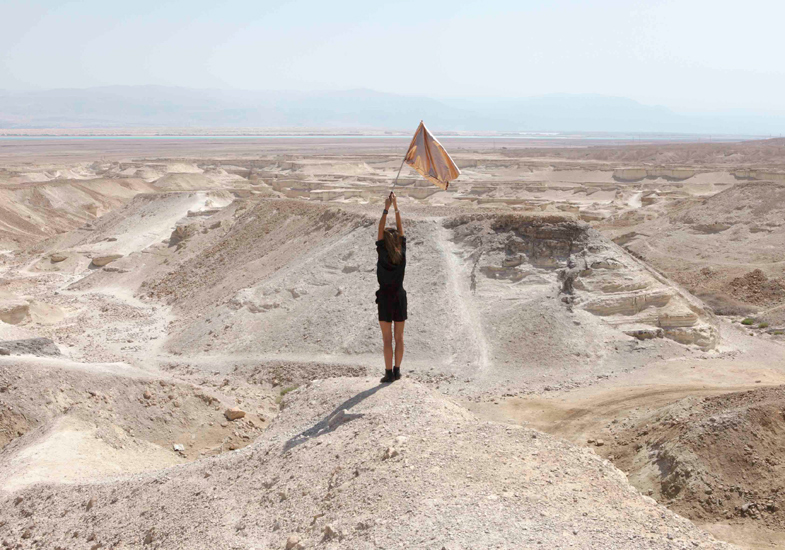 ON THE VERGE OF TIME
ON THE VERGE OF TIME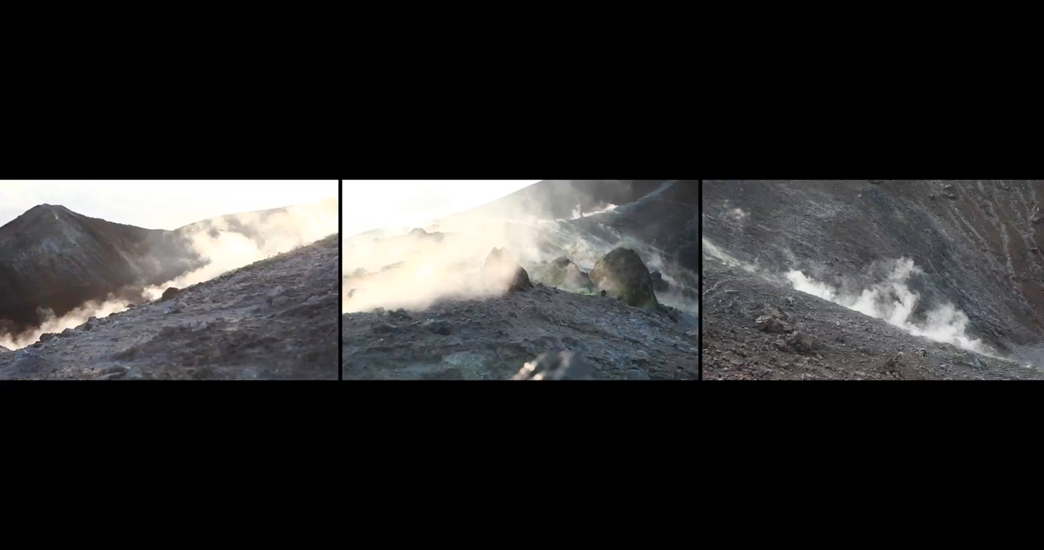 ON THE VERGE OF TIME
ON THE VERGE OF TIME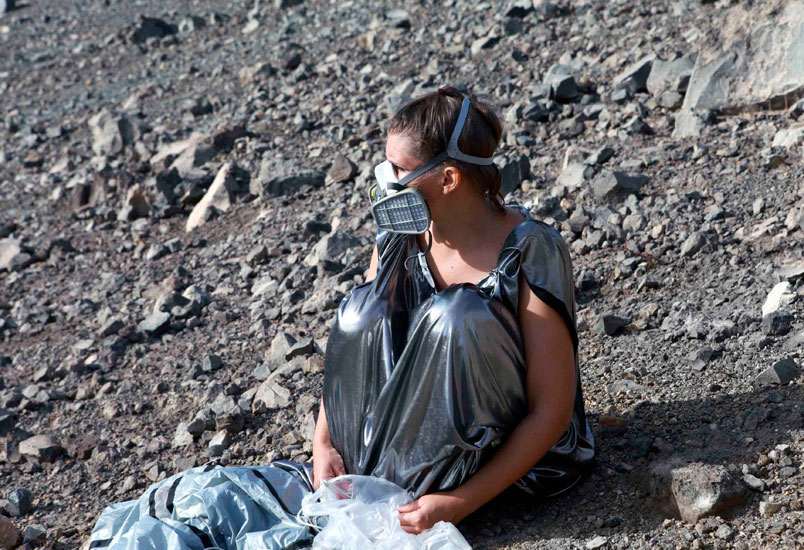 ON THE VERGE OF TIME
ON THE VERGE OF TIME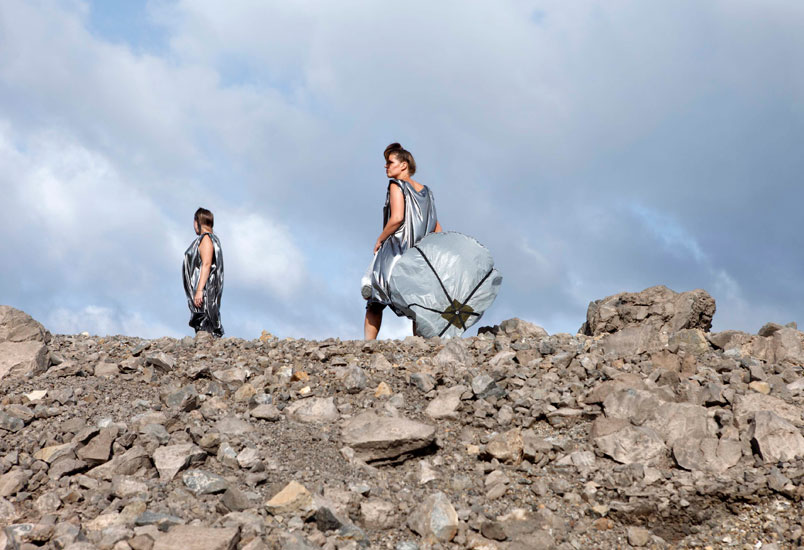 ON THE VERGE OF TIME
ON THE VERGE OF TIME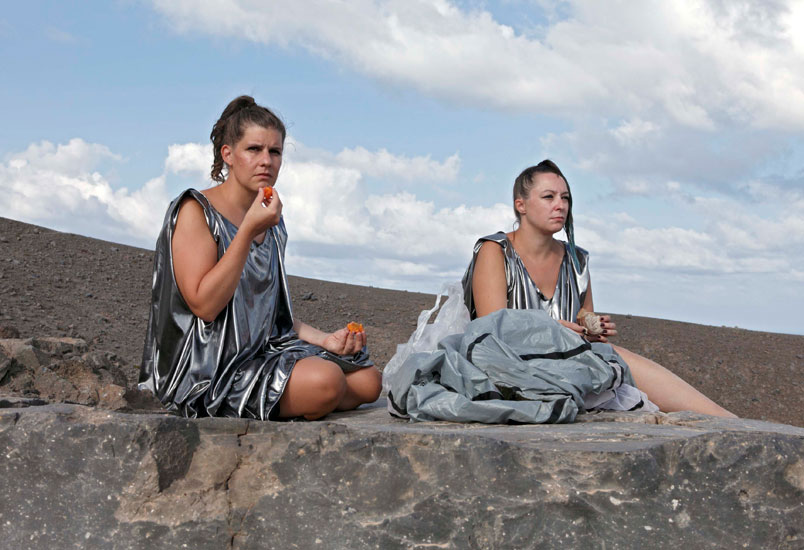 ON THE VERGE OF TIME
ON THE VERGE OF TIME ON THE VERGE OF TIME
ON THE VERGE OF TIME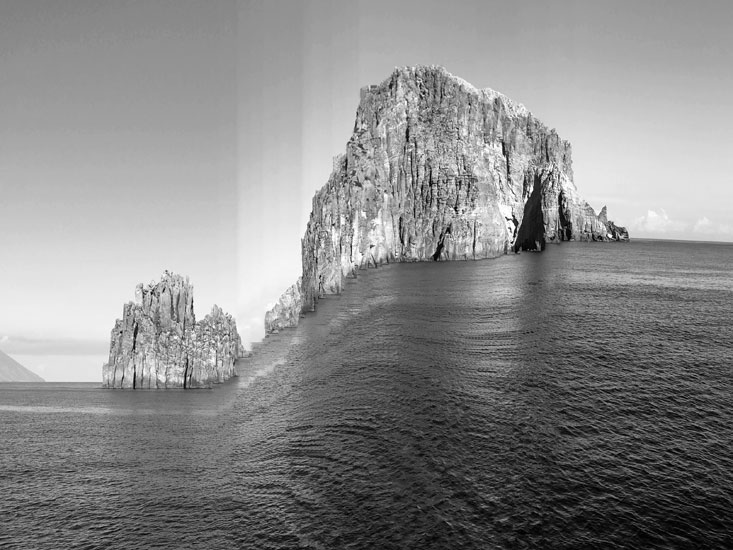 ON THE VERGE OF TIME
ON THE VERGE OF TIME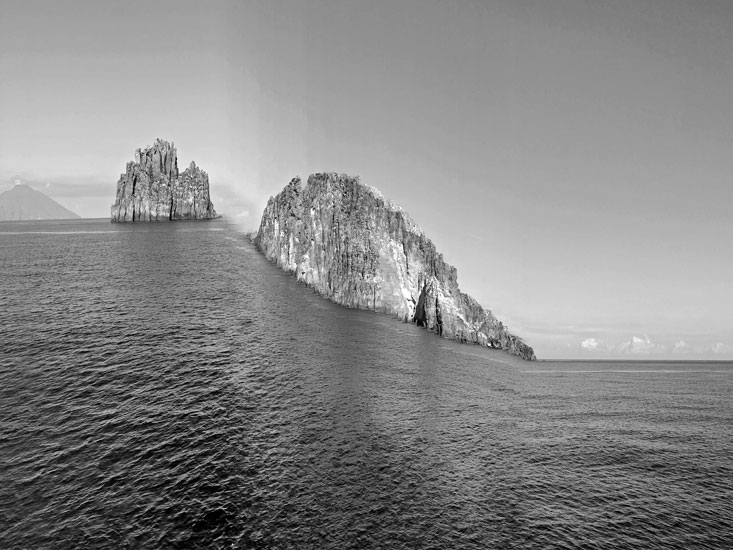 ON THE VERGE OF TIME
ON THE VERGE OF TIME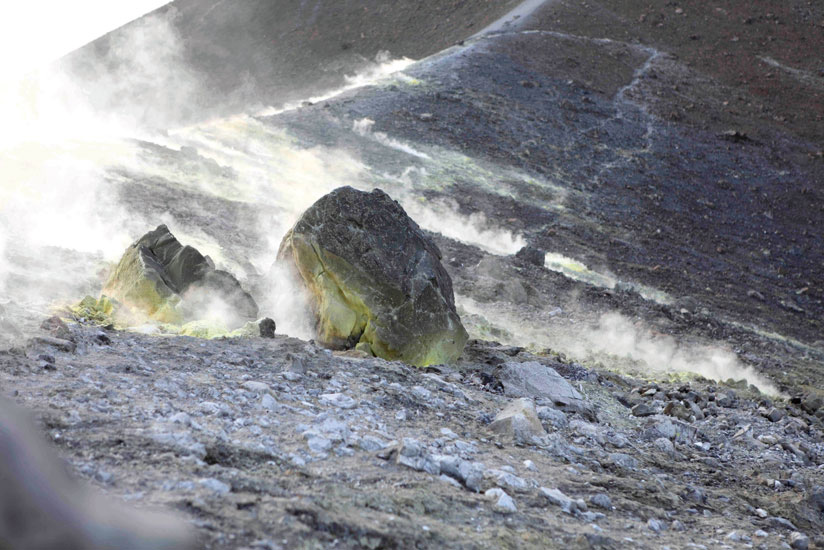 ON THE VERGE OF TIME
ON THE VERGE OF TIME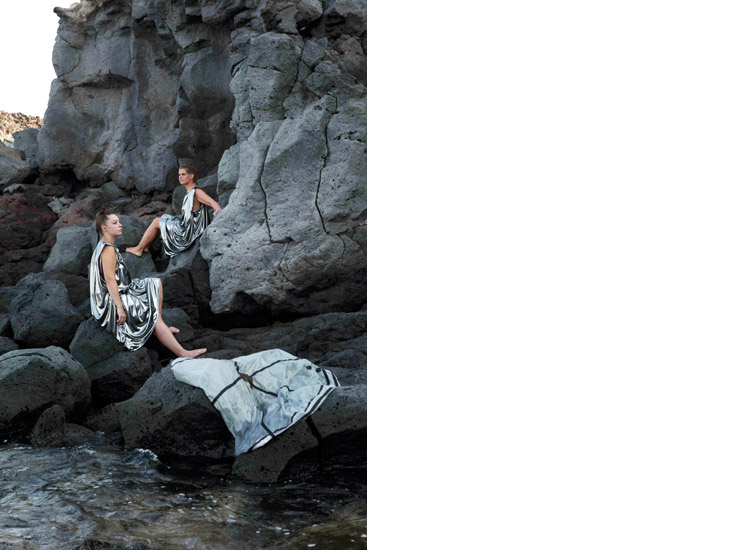 ON THE VERGE OF TIME #IV
ON THE VERGE OF TIME #IV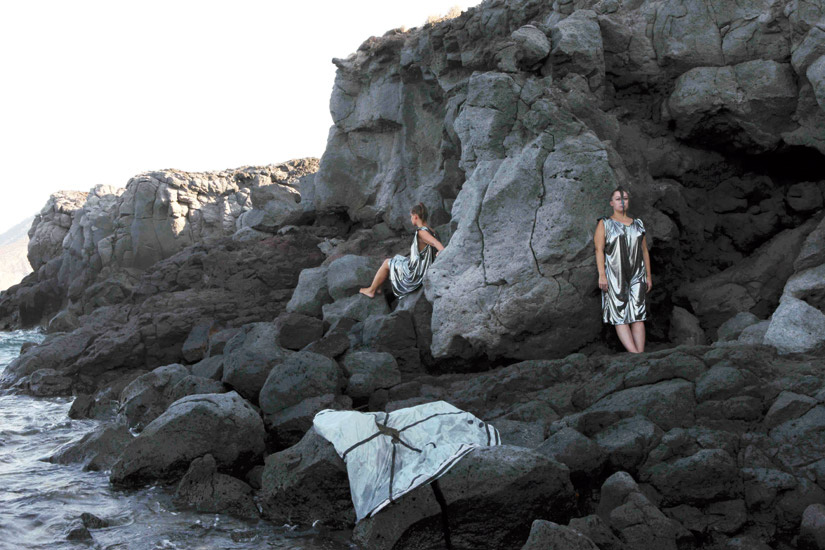 ON THE VERGE OF TIME #III
ON THE VERGE OF TIME #III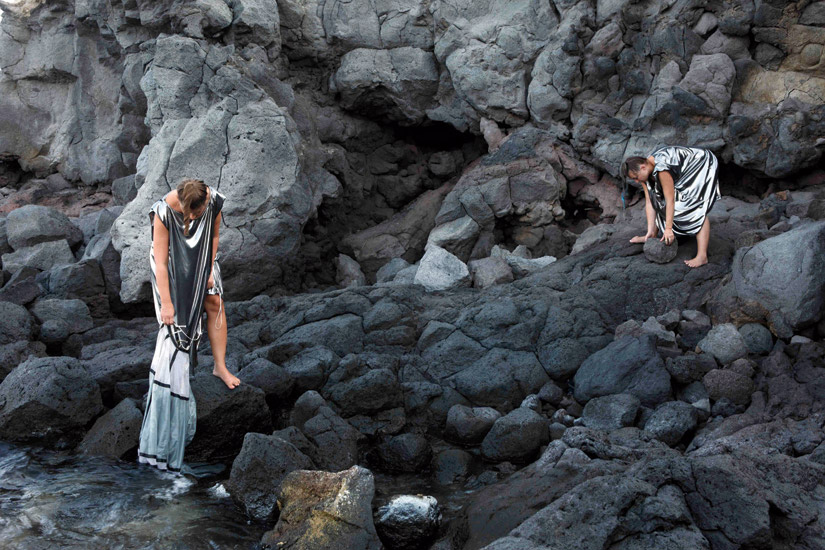 ON THE VERGE OF TIME #II
ON THE VERGE OF TIME #II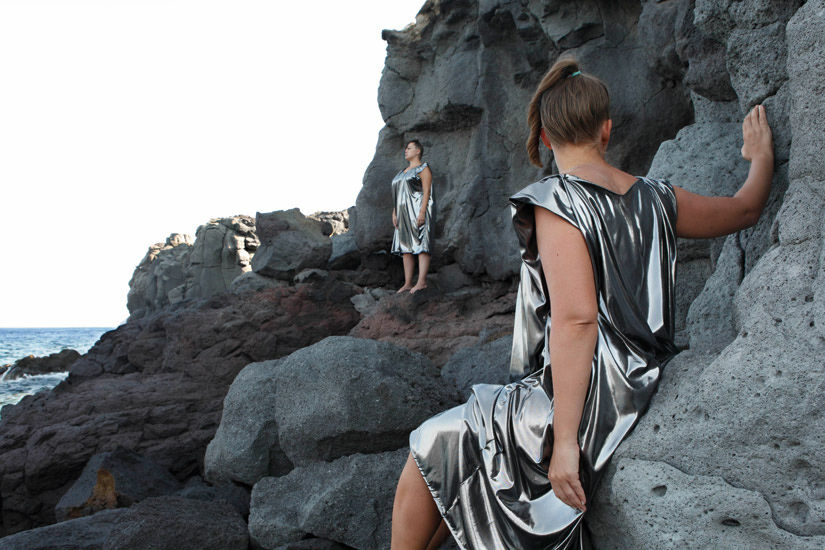 ON THE VERGE OF TIME #I
ON THE VERGE OF TIME #I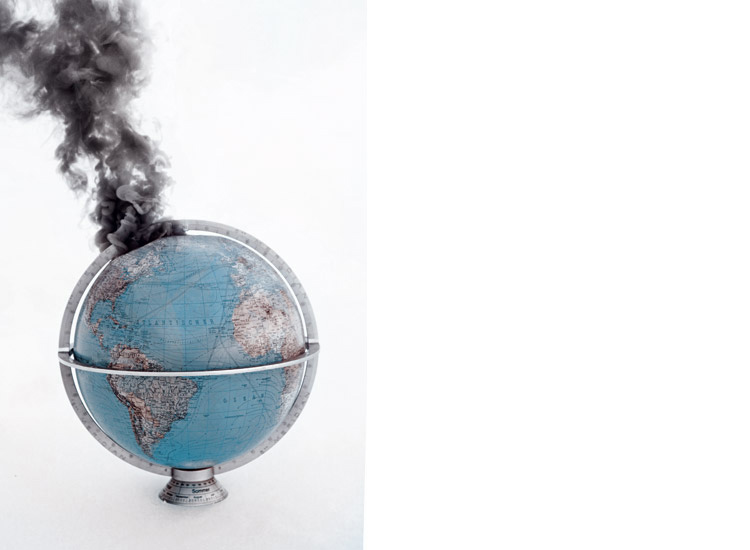 ON THE VERGE OF TIME
ON THE VERGE OF TIME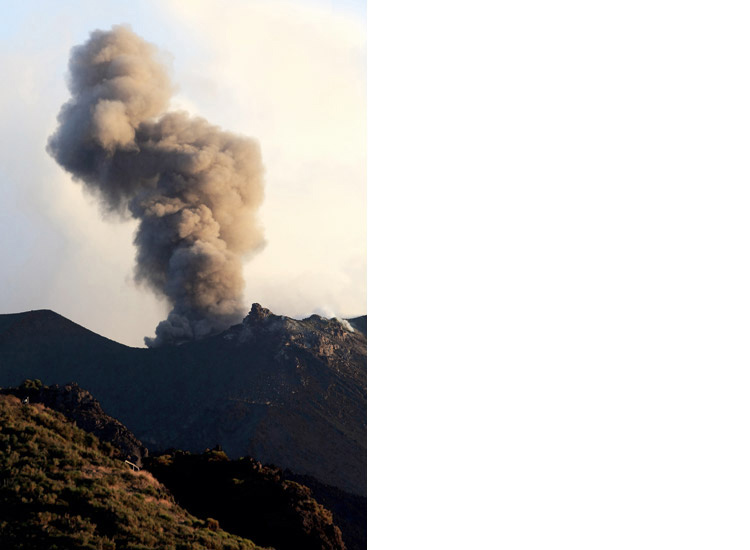 ON THE VERGE OF TIME
ON THE VERGE OF TIME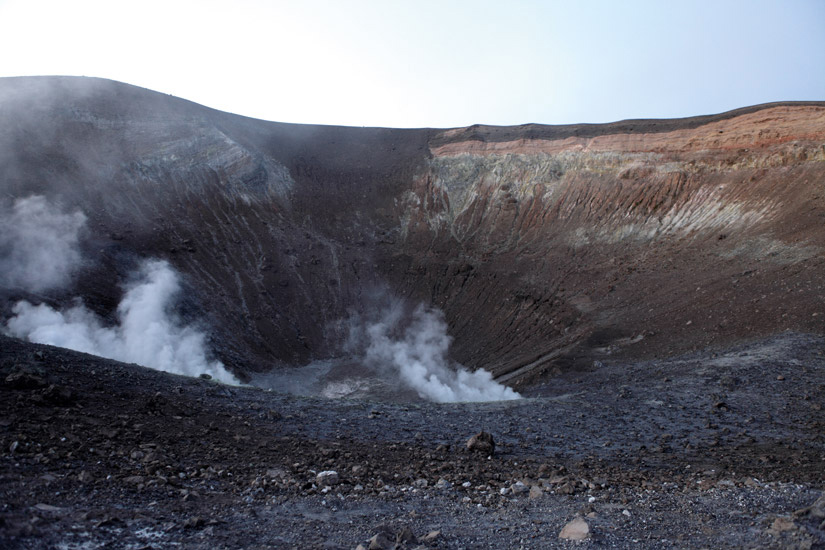 ON THE VERGE OF TIME
ON THE VERGE OF TIME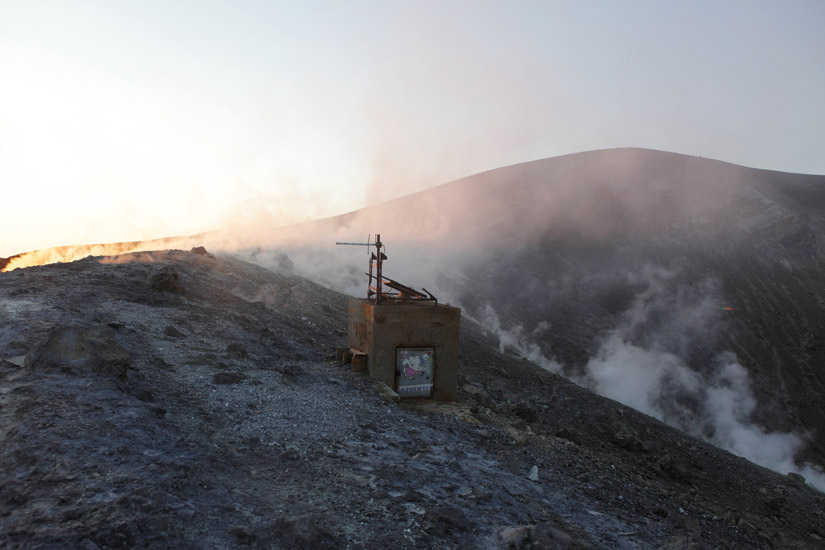 ON THE VERGE OF TIME
ON THE VERGE OF TIME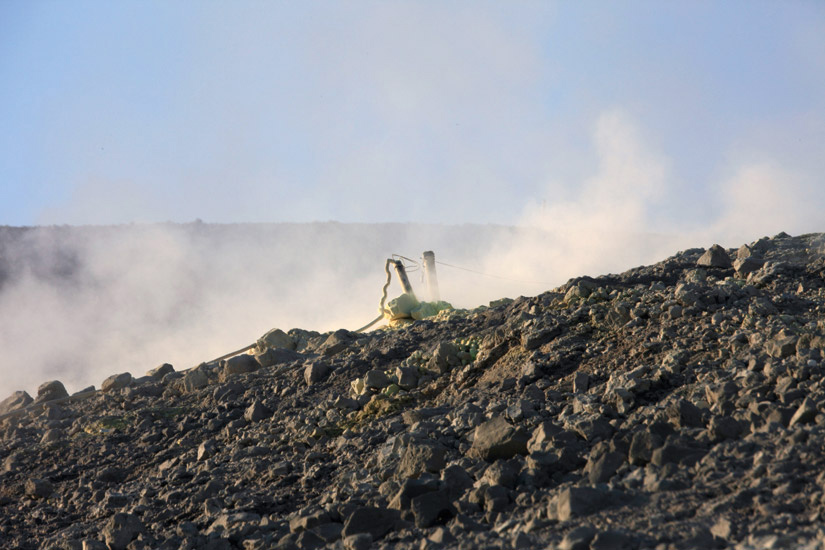 ON THE VERGE OF TIME
ON THE VERGE OF TIME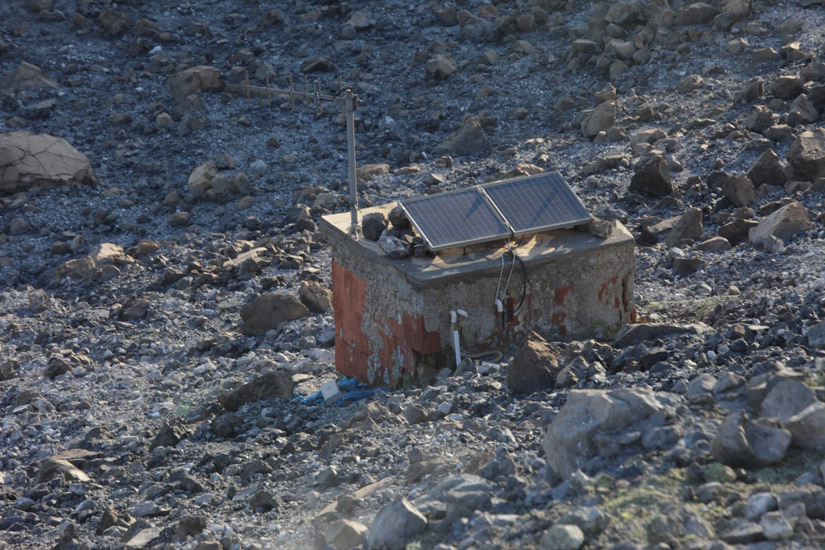 ON THE VERGE OF TIME
ON THE VERGE OF TIME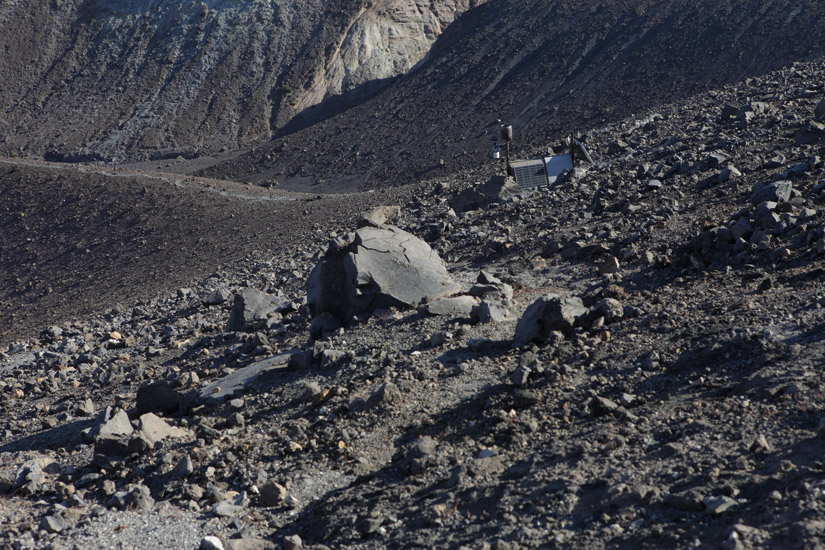 ON THE VERGE OF TIME
ON THE VERGE OF TIME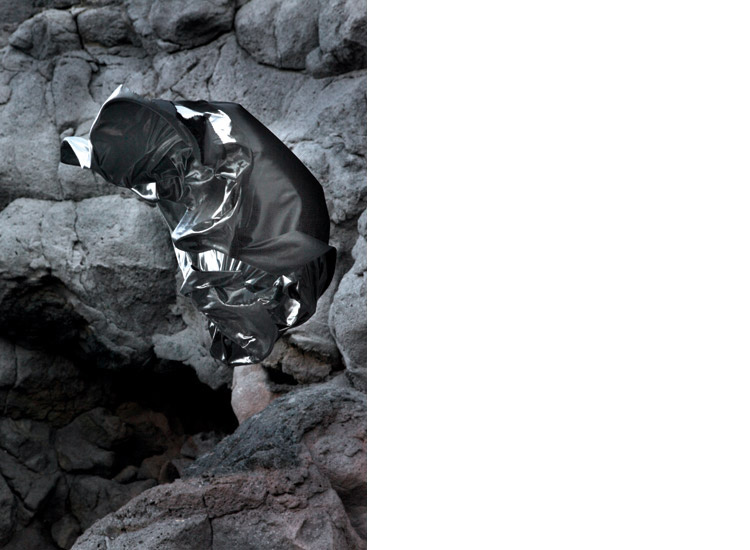 ON THE VERGE OF TIME
ON THE VERGE OF TIME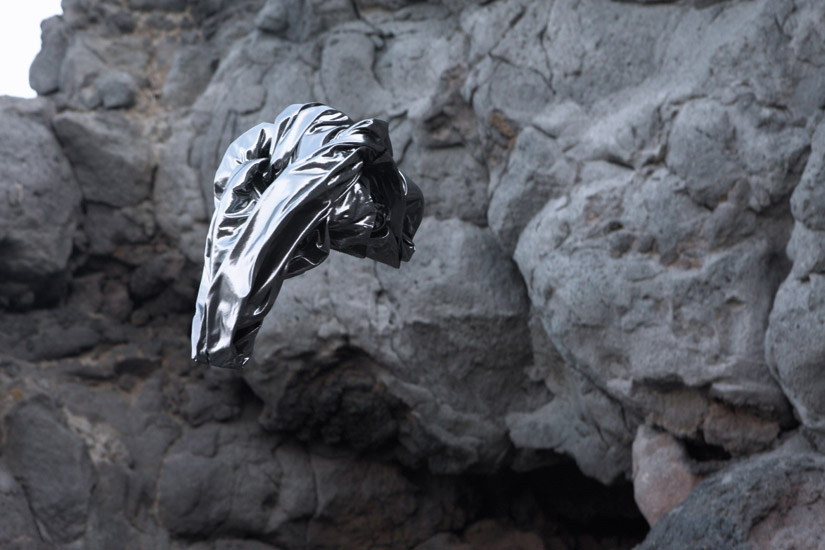 ON THE VERGE OF TIME
ON THE VERGE OF TIME ON THE VERGE OF TIME
ON THE VERGE OF TIME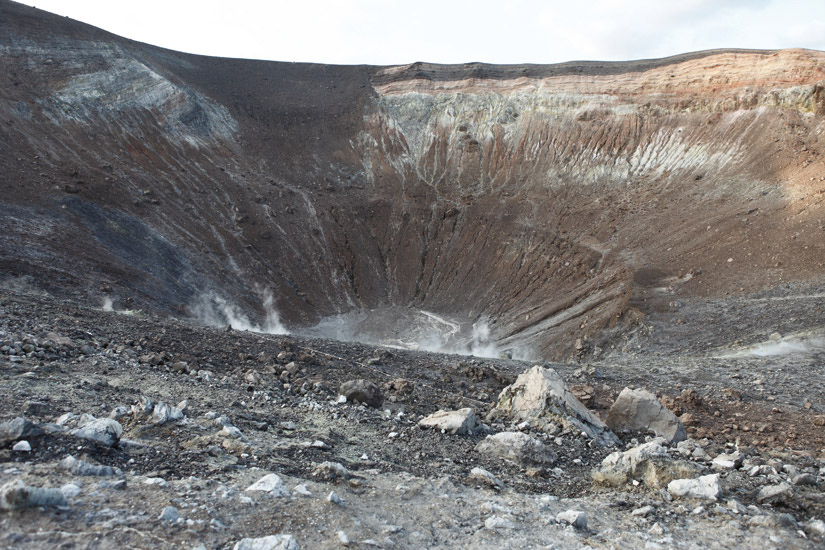 ON THE VERGE OF TIME
ON THE VERGE OF TIME